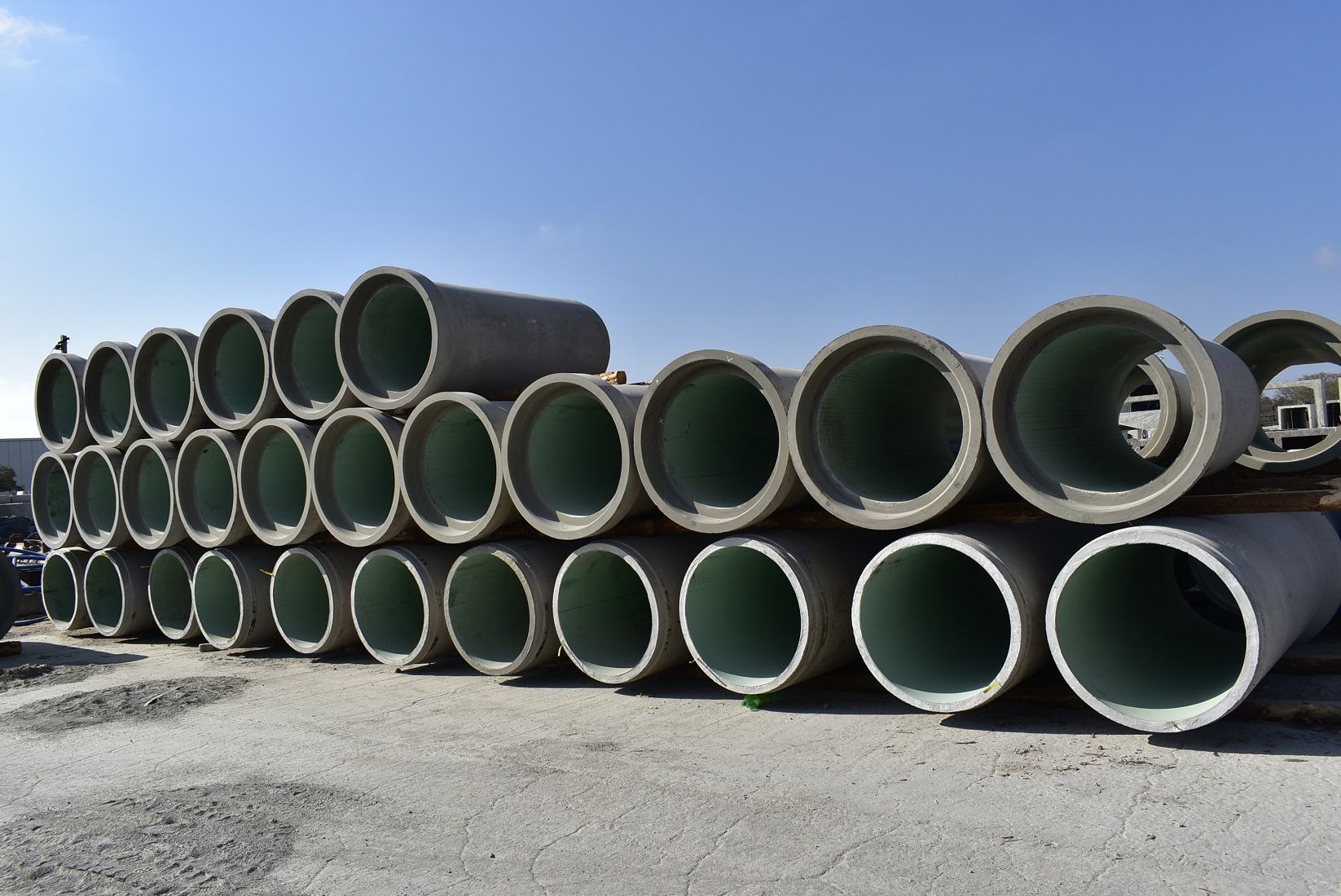 The technique of lining concrete sewers with an inert lining was first used in the USA about 60 years ago. The HDPE lining used in South Africa uses uniformly spaced anchors and is an improvement on the original system. It has been used for many of the large outfall sewers in this country since 1991.
The technique of lining concrete sewers with an inert lining was first used in the USA about 60 years ago. The HDPE lining used in South Africa uses uniformly spaced anchors and is an improvement on the original system. It has been used for many of the large outfall sewers in this country since 1991.
This HDPE lining offers the sewer owner several additional advantages that are not always appreciated. Its surface is smoother than concrete, and thus a pipe with a smaller internal diameter can be used. Alternatively, the same diameter can be used at a flatter gradient. The long-term pullout strength of the lining anchors is able to cope with a ground water pressure in excess of 10m. If necessary the HDPE lining can be welded together at the joints by applying a bead of HDPE to make the lining continuous and create a water- and gas-tight joint. The abrasion resistance of the HDPE is actually greater than that of concrete.
Concrete pipe with a cast in HDPE lining has all the advantages of a strong rigid pipe that keeps its shape as well as those of a plastic pipe that is inert to acid attack. It is the best pipe for large diameter gravity pipelines in almost any condition.
Handling and Installation:
When handling any concrete products, it is important to remember that, as concrete is a heavy and somewhat brittle material, bumps or shock loads of any description are liable to damage the product. This applies particularly to sharp edges.
When offloading the products on site, the equipment must not damage the products. Sewer pipes do not have a lifting hole, as the system must be watertight. A 150mm sling passing around the center of gravity of the pipe must be used to handle the product. When placing the product on the ground, it is important to note that the pipe must not rest on the socket portion. The full weight of the pipe must be borne by the barrel of the pipe.
During the installation, the trench or excavation must be prepared to the Site Engineers specification. Once the bedding is in place it is ready for the pipes. The specific area where the socket end would rest must be removed, so that the pipe can be horizontal during installation, and that the pipe can rest on the barrel once in place.
Each pipe must be sealed with a rubber ring. This must be place on the spigot end and located in the correct position as indicated by the locating groove. The rubber ring must be of equal tension around the barrel. This can be attained by inserting a screwdriver, or similar object, between the ring and the pipe, and running the screwdriver around the barrel twice.
The pipes are lowered into place using the same handling technique as before. Once the pipes are lined up, it will be necessary to pull the spigot end into position to fit into the socket end of the already laid pipe whilst the pipe is still suspended. This can either be done by levering the pipe forward, or by means of a tirfor system, which pulls the pipes together.
Once this is completed, and the pipe is correctly sealed, the pipe can be released to lie on the bedding. It must be noted that again, the full weight of the pipe must rest on the barrel only and not on the socket area. The next pipe can then be lowered into position.
Backfilling of the pipe to the engineer’s specification is of utmost importance, as the pipe strength is designed to suit the installed condition. Care must be taken to compact underneath the pipe curvature to ensure a good foundation is in place. For more information on pipe installation, please use the contact us facility, as our staff can be of assistance on site with the installation activities.

